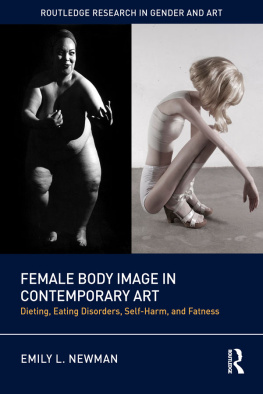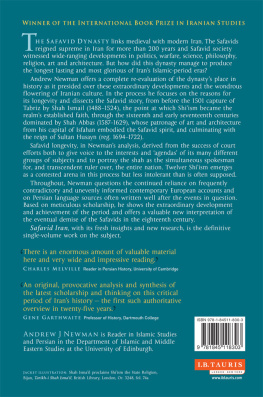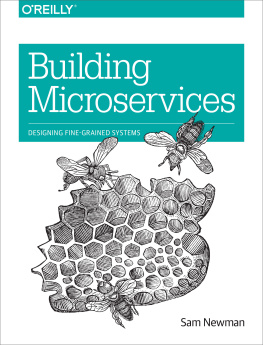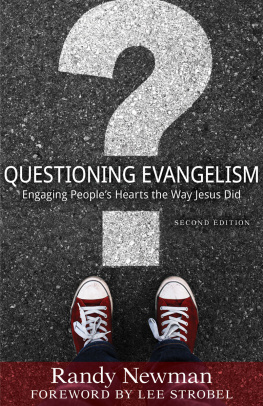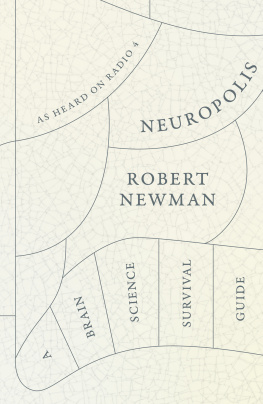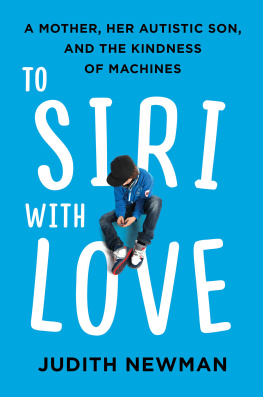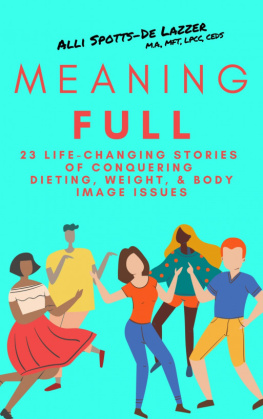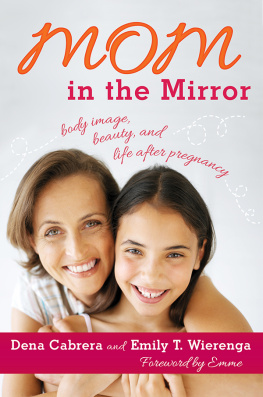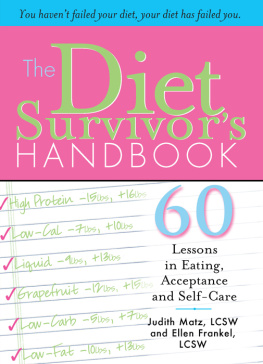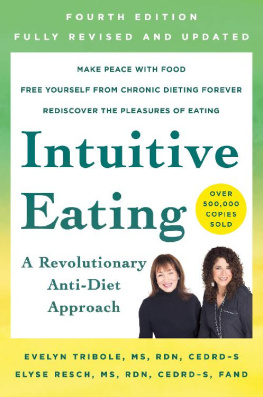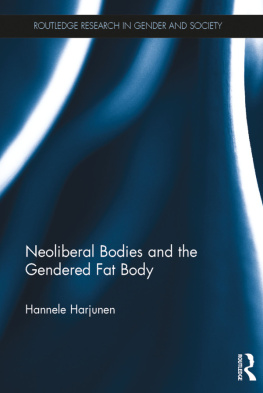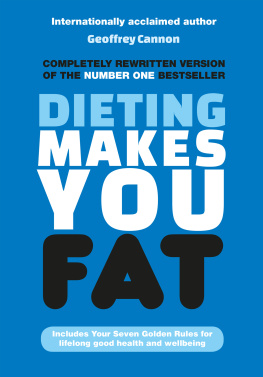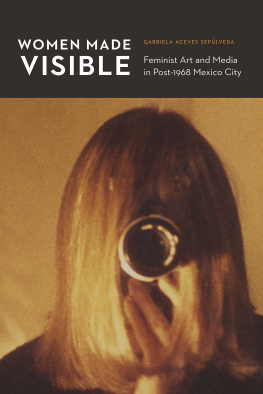Female Body Image in Contemporary Art
Numerous contemporary artists, particularly female artists, have chosen to examine the idealization of the female body. In this crucial book, Emily L. Newman focuses on a number of key themes including obesity, anorexia, bulimia, dieting, self-harm, and female body image. Many artists utilize their own bodies in their work, and in the act of trying to critique the diet industry, they also often become complicit, as they strive to lose weight themselves. Making art and engaging eating disorder communities (in real life and online) often work to perpetuate the illnesses of themselves or others. A core group of artists has worked to show bodies that are outside the norm, paralleling the rise of fat activism in the 1990s and 2000s. Interwoven throughout this inclusive study are related interdisciplinary concerns including sociology, popular culture, and feminism.
Emily L. Newman is Associate Professor of Art History at Texas A&M University- Commerce.
Cover images: Left: Ariane Lopez-Huici, Dalila, 2002, gelatin silver print. Ariane Lopez-Huici.
Right: Ivonne Thein, Untitled 07 (from the series Thirty-Two Kilos), 2006. Ivonne Thein and ARS, Courtesy of the artist.
Routledge Research in Gender and Art
Routledge Research in Gender and Art is a new series in art history and visual studies, focusing on gender, sexuality, and feminism. Proposals for monographs and edited collections on this topic are welcomed.
Representing Duchess Anna Amalias Bildung
A Visual Metamorphosis from Political to Personal in Eighteenth-Century Germany
Christina K. Lindeman
Virgin Sacrifice in Classical Art
Women, Agency, and the Trojan War
Anthony F. Mangieri
Emma Hamilton and Late Eighteenth Century European Art
Agency, Performance, and Representation
Ersy Contogouris
Female Body Image in Contemporary Art
Dieting, Eating Disorders, Self-Harm, and Fatness
Emily L. Newman
For a full list of titles in this series, please visit www.routledge.com/Routledge-Research-in-Gender-and-Art/book-series/RRGA
Female Body Image in Contemporary Art
Dieting, Eating Disorders, Self-Harm, and Fatness
Emily L. Newman

First published 2018
by Routledge
711 Third Avenue, New York, NY 10017
and by Routledge
2 Park Square, Milton Park, Abingdon, Oxon OX14 4RN
Routledge is an imprint of the Taylor & Francis Group, an informa business
2018 Taylor & Francis
The right of Emily L. Newman to be identified as author of this work has been asserted by her in accordance with sections 77 and 78 of the Copyright, Designs and Patents Act 1988.
All rights reserved. No part of this book may be reprinted or reproduced or utilised in any form or by any electronic, mechanical, or other means, now known or hereafter invented, including photocopying and recording, or in any information storage or retrieval system, without permission in writing from the publishers.
Trademark notice: Product or corporate names may be trademarks or registered trademarks, and are used only for identification and explanation without intent to infringe.
Library of Congress Cataloging-in-Publication Data
A catalog record for this book has been requested
ISBN: 978-0-415-34680-1 (hbk)
ISBN: 978-1-315-22946-1 (ebk)
Typeset in Sabon
by Apex CoVantage, LLC
To my friend Amy, grateful for knowing you and only wish I could have known you both better and longer.
To Mema, Mom, and Allison, I am nothing were it not for you three.
To my Fred, who puts up with more than he should and makes me laugh every single day.
Contents
For ten years, I have worked on this project and have seen it develop from an inkling of an idea to this long-awaited book. Finally. What began life as a question was developed in an independent study into my dissertation at The Graduate Center, City University of New York. There, Anna Chave oversaw this project, and under her guidance, I was able to begin to weave these various projects and artists together. Im grateful to her for supporting this project, indulging my popular culture interests, and undoubtedly making this project and my writing stronger. Rounding out my committee was Mona Hadler, Siona Wilson, and Hilary Robinson, who each provided thoughtful feedback and helped solidify how this project could continue to develop after graduate school. The Graduate Center supported early presentations of this project as well as provided me with the funding to research and write the first Phase of this project, without which my dissertation could not have been completed.
I have been incredibly lucky to work at institutions that have supported my projects. St. Cloud State, particularly David Sebberson and Justin Quinn, helped me to secure funding to travel to Paris and continue presenting on this topic. As my research began to expand and include more artists and artworks, Texas A&M University-Commerce has allowed for me to travel extensively, not only to get feedback and development on reconceptions of the project, but also to complete the necessary archival work and copyright funding. All of my colleagues have been thoughtful, supportive, and kind, but especially William Wadley, Gerard Huber, Barbara Frey, Vaughn Wascovich, and Patti Doster, among others.
Offices and libraries have graciously accepted me, sometimes even helping me from afar. The Getty Research Institute allowed me to see important archives, particularly those of Eleanor Antin and Barbara T. Smith. I also explored the Faith Ringgold Collection at Rutgers University, the Laura Aguilar Papers and Photographs at Stanford University, and the Museum of Modern Art Library, among others. Stephanie Blue Fletcher graciously became my eyes, allowing me to gain a better understanding of Chen Zhes work through her helpful examination at the Art Institute of Chicago.
But, of course, it was not just institutions who helped this project. Im so lucky to have been able to work with many artists, including Barbara T. Smith, Eleanor Antin, Rachel Rosenthal, Laia Abril, Ivonne Thein, Faith Ringgold, Ariane Lopez-Huici, Kristina E. Knipe, Katya Grokhovsky, and more. Im especially grateful to those who allowed their work to be illustrated in this text.
Luckily, I have had some great students, who in their thoughtfulness and questions have helped this project grow. Without my students at Texas A&M University-Commerce, St. Cloud State University, and Ramapo College of New Jersey, this project would have not have developed the scope that it has. I must especially acknowledge the MFA graduate students at A&M-Commerce, with whom I spent much time and who have pushed me as much as Ive pushed them. Last, I must thank Meagan May, whose academic strengths as an undergraduate inspired me, and whose contributions to and help with this manuscript are invaluable.
Without key friends and family, this project could never materialize. Emily Witsell has undoubtedly been one of my biggest supporters, continually listening to my hare-brained ideas, repeatedly working on projects with me, and even helping with the editing of this text. Im so lucky to have met her and to be able to work and collaborate with her. Graduate school colleagues have continued to be important touchstones. From my years at Pennsylvania State University, Nancy Locke is a reliable mentor and friend, Robin Goodman has been and is a guiding force who helps me stay grounded, Barbara Kutis continues to be a wonderful listener and provides encouragement, and Sarah Holloran Weidenauer was one of the first to hear my idea and support the project. At the Graduate Center, Amy Brandt single-handedly helped me survive the dissertation process; I am continually inspired by her work ethic and miss her dearly. A constant light, Sheila Gerami has always been encouraging, and Im so grateful for her friendship.

